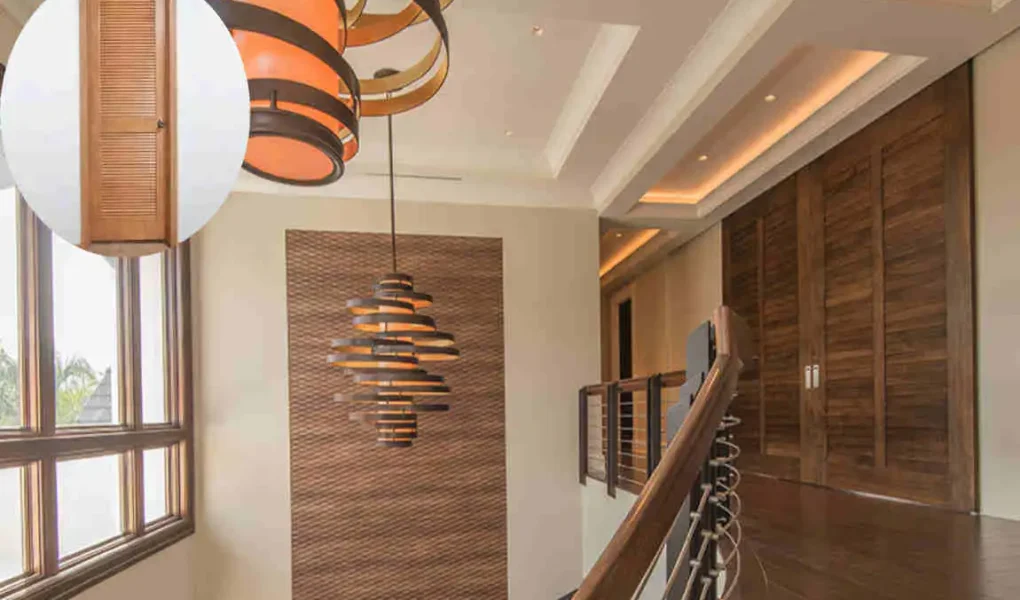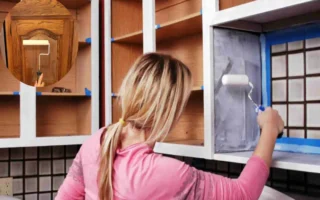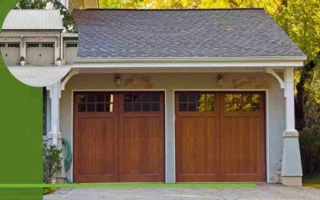Sanding louvered doors is a crucial step in achieving a smooth, beautiful finish for your home. Because of their slatted design, these home doors require careful sanding to reach all surfaces evenly without damaging the edges. Proper sanding prepares the wood to absorb paint or stain flawlessly, enhancing both appearance and durability.
Why Sanding is Important for Louvered Doors
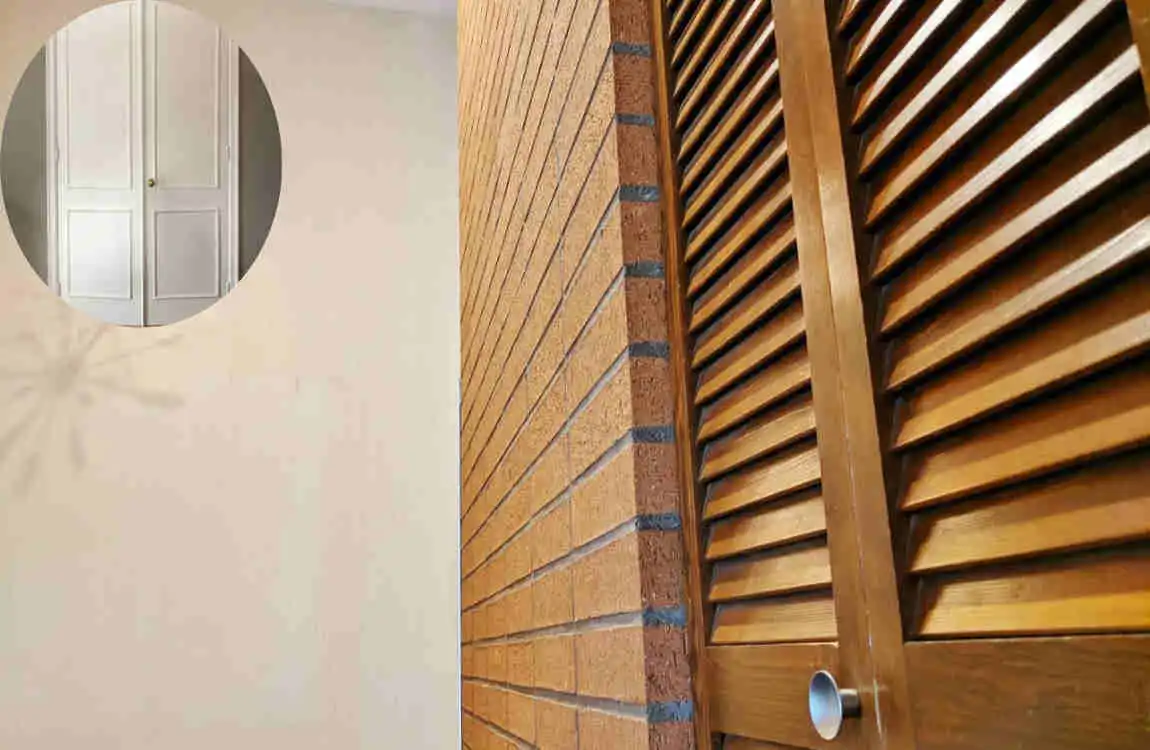
Sanding louvered doors is a crucial step in achieving that perfect finish. The slatted design of these doors can trap dust, dirt, and imperfections over time.
By sanding, you prepare the surface for painting or staining. A smooth base allows finishes to adhere more effectively, ensuring an even color and texture throughout the entire door.
Investing time in proper sanding transforms louvered doors from ordinary to extraordinary with minimal effort.
Step-by-Step Guide to Sanding Louvered Doors
Start by gathering your tools. You’ll need sandpaper in various grits, a sanding block, and a vacuum or cloth for cleanup.
Begin with coarse-grit sandpaper, around 80 to 100. This will help remove any old paint or rough spots on the surface of the louvered doors. Work gently along the grain to avoid damaging the wood.
Next, switch to medium grit sandpaper (120-150). This step smooths out imperfections left from the initial sanding. Be thorough but gentle; you want a refined texture without over-sanding.
For the final touch, use fine-grit sandpaper (220+). Focus on all surfaces and edges of each louver and panel for an even finish.
Remember to clean off dust during this process regularly. A clean surface ensures better adhesion if you plan to paint or stain afterward.
Tips and Tricks for a Smooth Finish
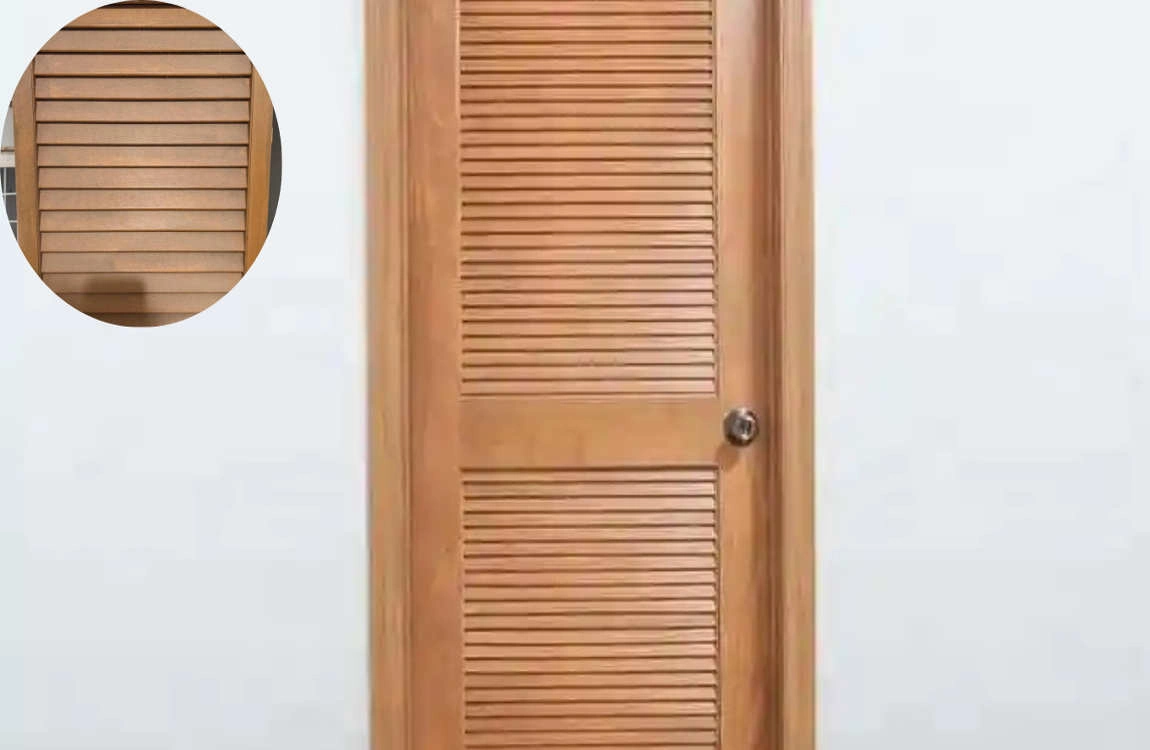
To achieve a smooth finish on your louvered doors, start with the right sandpaper. Use finer grits, like 220 or 320, for that final touch after initial sanding.
Always sand in the direction of the grain. This technique helps prevent scratches and ensures a smooth, even surface.
Don’t forget to clean between the slats! A vacuum attachment can work wonders here, removing dust buildup that may hinder adhesion during finishing.
Consider using a sanding sponge for those hard-to-reach areas. It conforms to shapes better than traditional sandpaper and provides more control over uneven surfaces.
Take your time. Rushing through this process often leads to mistakes that will require additional work later on. Patience is key when aiming for perfection.
You may also read (how to determine if curtains stay with the house).
Finishing Touches: Painting or Staining Your Louvered Doors
Once you’ve sanded your louvered doors to perfection, it’s time for the finishing touches. Painting or staining is a great way to truly personalize your space truly.
If you opt for paint, choose a high-quality product that complements your home’s decor. A semi-gloss finish works well because it highlights the louvers while providing durability and a smooth appearance. Make sure to apply multiple thin coats for an even finish.
Staining offers a different charm by enhancing the natural wood grain. Select a stain that matches or contrasts beautifully with other wooden elements in your home. Apply it with a brush or rag, depending on the desired effect, and always wipe off excess to prevent blotchiness.
Whichever route you choose, don’t forget to let each coat dry completely before adding another layer. Patience pays off when achieving that flawless look!
Common Mistakes to Avoid
One common mistake is skipping the cleaning step. Dust and grime can cling to louvered doors, making sanding ineffective. Always wipe down your doors thoroughly before starting.
Another pitfall is using the wrong sandpaper grit. Too coarse can damage the wood, while too fine won’t remove imperfections effectively. Start with medium grit for initial sanding and finish with a finer grade for smoothness.
Many overlook the louvers themselves, focusing only on flat surfaces. Make sure to sand each slat carefully to achieve an even finish throughout.
Don’t rush through the process either. Patience pays off when it comes to getting that flawless look you desire.
Avoid neglecting safety gear. Sanding dust can be harmful if inhaled or if it gets into your eyes, so always wear a mask and goggles during this task.
Maintaining Your Beautifully Sanded Louvered Doors
To keep your beautifully sanded louvered doors looking pristine, regular maintenance is key. Start by dusting them often, using a soft cloth or duster to prevent dirt accumulation in the slats.
Every few months, check for any signs of wear or damage. A quick touch-up with fine-grit sandpaper can help maintain that smooth finish without needing a complete resanding.
Consider applying a fresh coat of paint or stain every couple of years to protect the wood and enhance its appearance. This adds an extra layer of durability against moisture and fading.
Keep an eye on humidity levels in your home as well. Excessive moisture can warp wooden doors over time, so use dehumidifiers if necessary.
Always handle the doors gently when opening and closing them. Proper care will ensure they remain a stunning feature in your home for years to come.
You may also read (should you paint the inside of cabinet doors in your home).

